Archives
- 2025-12
- 2025-11
- 2025-10
- 2023-07
- 2023-06
- 2023-05
- 2023-04
- 2023-03
- 2023-02
- 2023-01
- 2022-12
- 2022-11
- 2022-10
- 2022-09
- 2022-08
- 2022-07
- 2022-06
- 2022-05
- 2022-04
- 2022-03
- 2022-02
- 2022-01
- 2021-12
- 2021-11
- 2021-10
- 2021-09
- 2021-08
- 2021-07
- 2021-06
- 2021-05
- 2021-04
- 2021-03
- 2021-02
- 2021-01
- 2020-12
- 2020-11
- 2020-10
- 2020-09
- 2020-08
- 2020-07
- 2020-06
- 2020-05
- 2020-04
- 2020-03
- 2020-02
- 2020-01
- 2019-12
- 2019-11
- 2019-10
- 2019-09
- 2019-08
- 2019-07
- 2019-06
- 2019-05
- 2019-04
- 2018-07
-
There are numerous theories of
2020-11-06
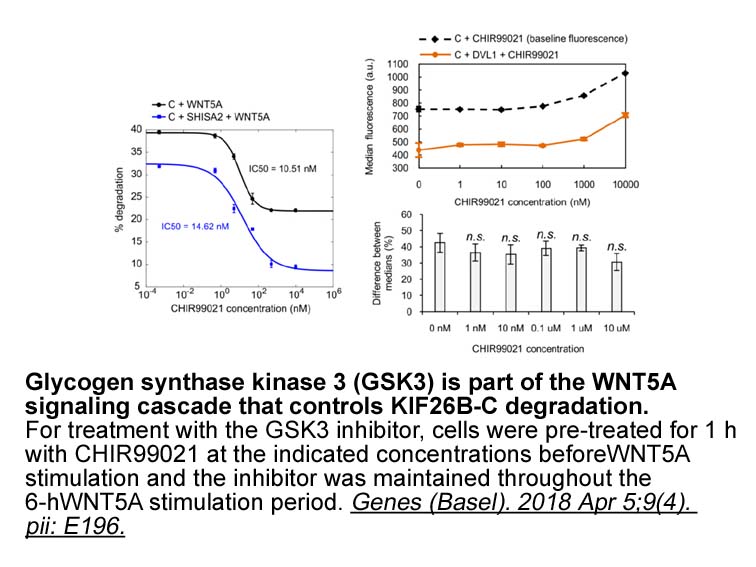
There are numerous theories of schizophrenia etiopathology and genetics is often taken into consideration [25]. The dopamine D2 receptor is important since it is blocked by typical antipsychotic drugs with high affinity which is correlated with the ability to control psychotic symptoms in schizophre
-
Real time PCR as described previously with minor modificatio
2020-11-06
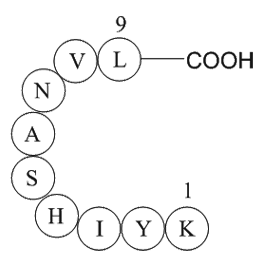
Real-time PCR, as described previously with minor modifications, was used to detect DNA . The PCR mixture (Qiagen) was as follows: 5mM MgCl2, 2.5μl of 10x PCR Buffer, 0.125μl of HotStarTaq DNA Polymerase, 0.25mM of each dNTP, 0.4μM of each primer and 0.1μM of FAMlabelled probe (‘5-aacaattggagggcaag
-
Besides the enhanced expression of costimulatory
2020-11-06
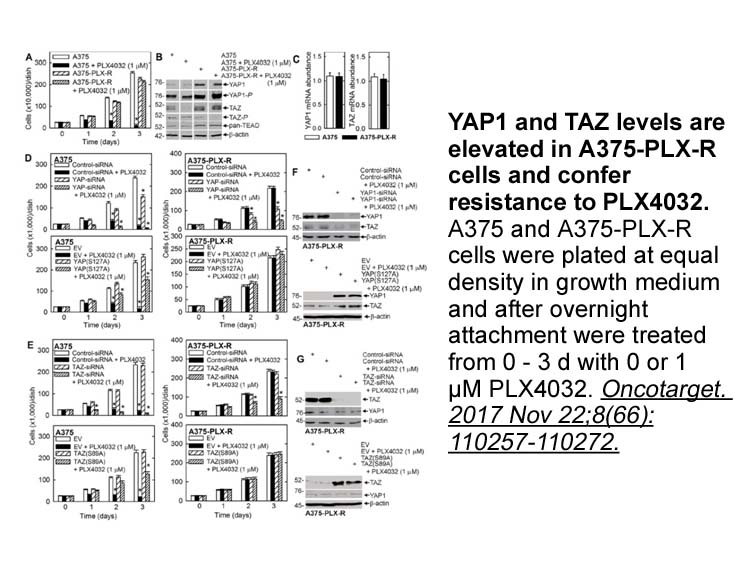
Besides the enhanced expression of costimulatory and adhesion proteins, also the expression of the CD83 surface molecule is strongly enhanced during DC maturation (Banchereau and Steinman 1998; Banchereau et al. 2000). In fact, CD83 is a major cell surface marker for fully mature DC, as it can not b
-
We note that there are slight qualitative
2020-11-06
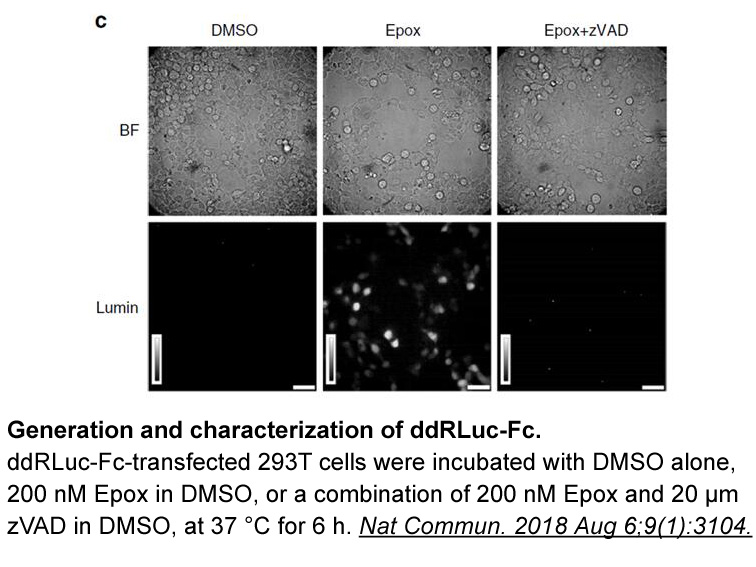
We note that there are slight qualitative differences among the similar time-optimal protocols. We attribute this to the challenging nature of our PDE and ODE state constrained optimization problem. While our optimization algorithm was able to converge to local optima in each case, it is likely that
-
br Materials and methods br Results
2020-11-06

Materials and methods Results Discussion Chicken thrombocyte stimulation with LPS leads to a number of inflammatory responses through TLR4-linked pathways (Scott and Owens, 2008). In mammals, LPS binds to LPS-binding protein (LBP) in the blood serum and this complex is subsequently recogniz
-
The two SNPs rs rs presented above
2020-11-06
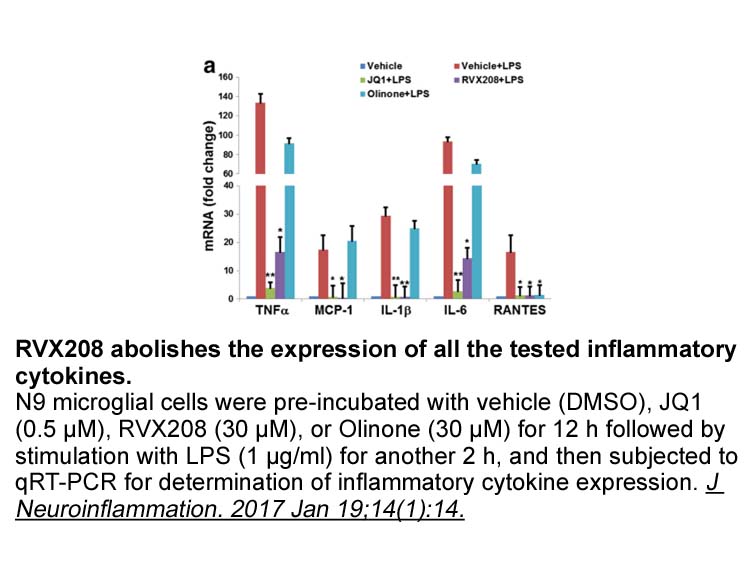
The two SNPs rs4818-rs4680 presented above are part of the haploblock (rs6269, rs4633, rs4818, rs4680) presenting the 3 major haplotypes which influence the enzymatic activity of COMT. This activity is inversely related to the sensitivity of pain in a chronic pain syndrome; so the haplotype (GCGG) h
-
In summary EP signaling modulates heteromeric kainate recept
2020-11-06

In summary, EP1 signaling modulates heteromeric kainate receptors at multiple steps, both sensitizing mice to kainate-evoked status epilepticus and, separately, exacerbating the downstream consequences of status epilepticus. These results, together with those of Serrano et al. (2011) and Jiang et al
-
br Experimental br Results and discussion br
2020-11-06

Experimental Results and discussion Conclusion Acknowledgements This work was funded by the National Natural Science Foundation of China (81572080, 81873972and81873980), the National Science and Technology Major Project of the Ministry of Science and Technology of China (2018ZX10732202),
-
br Structure of USP Schematic representation of the
2020-11-06

Structure of USP7 Schematic representation of the USP7 domain architecture is shown in Fig. 3B. USP7 is a 135 kDa protein that consists of seven domains, including the N-terminal TRAF-like (Tumor necrosis factor Receptor–Associated Factor) domain, followed by the catalytic core domain and the fiv
-
The eNOS bp VNTR polymorphism has been found
2020-11-06
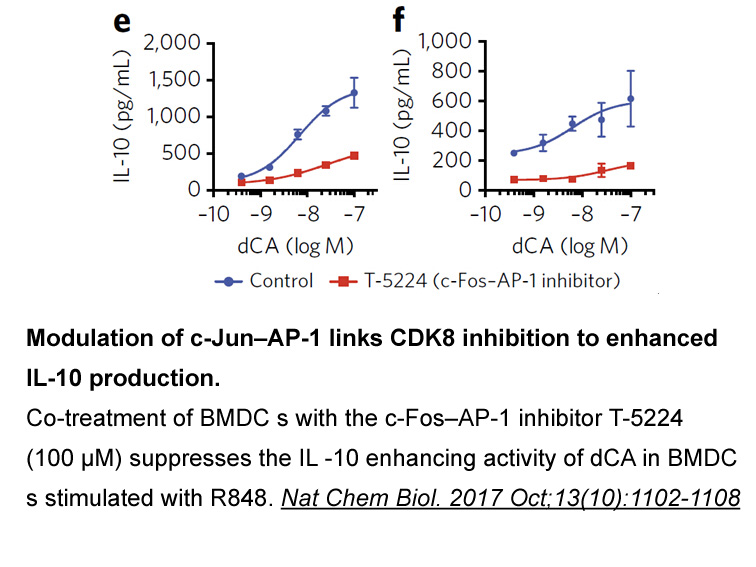
The eNOS 27-bp VNTR polymorphism has been found to be associated with altered plasma NO levels. This polymorphism also has been associated with many vascular diseases including hypertension, diabetic retinopathy, and diabetic nephropathy in various populations. Notably, our results were different fr
-
br Materials and methods br
2020-11-06

Materials and methods Results Discussion Macrophages and dendritic cells respond to Toll-like receptor (TLR) ligands by upregulating CH25H expression [4], [5]. In the latter cell type TLR-dependent upregulation is mediated via a signalling pathway that involves NFκB and IFNβ secretion and c
-
The co localization of CRF and CCK has
2020-11-05
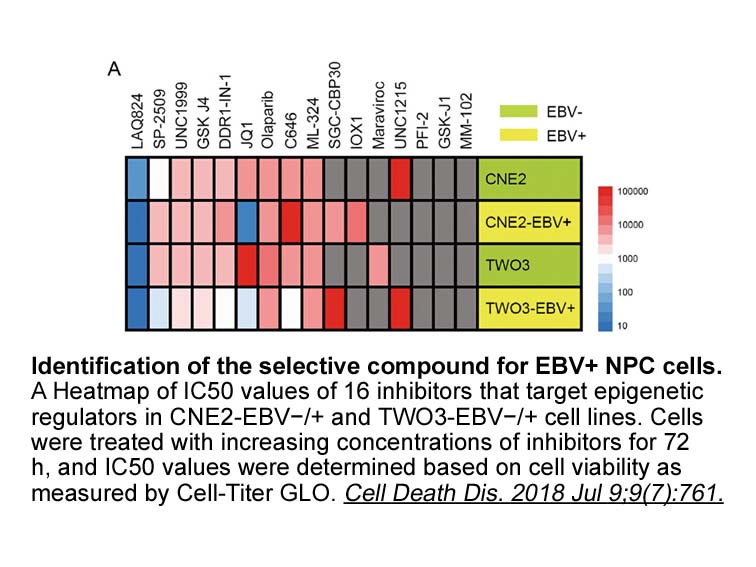
The co-localization of CRF and CCK has been investigated in extensive studies. Sutin and Jacobowitz (1988) examined the immunocytochemical localization of peptides and neurochemicals in the rat laterodorsal tegmental nucleus and found the existence of CRF, atrial natriuretic factor (ANF), neurotensi
-
Upon Edn ligand binding endothelin receptors can induce a va
2020-11-05

Upon Edn ligand binding, endothelin receptors can induce a variety of intracellular signaling cascades leading to diverse cellular responses such as contraction in the case of smooth muscle cells, or cell growth and mitogenesis. Ednrs are expressed in a variety of cell types and tissues, for example
-
br Acknowledgement We acknowledge for funding support from M
2020-11-05
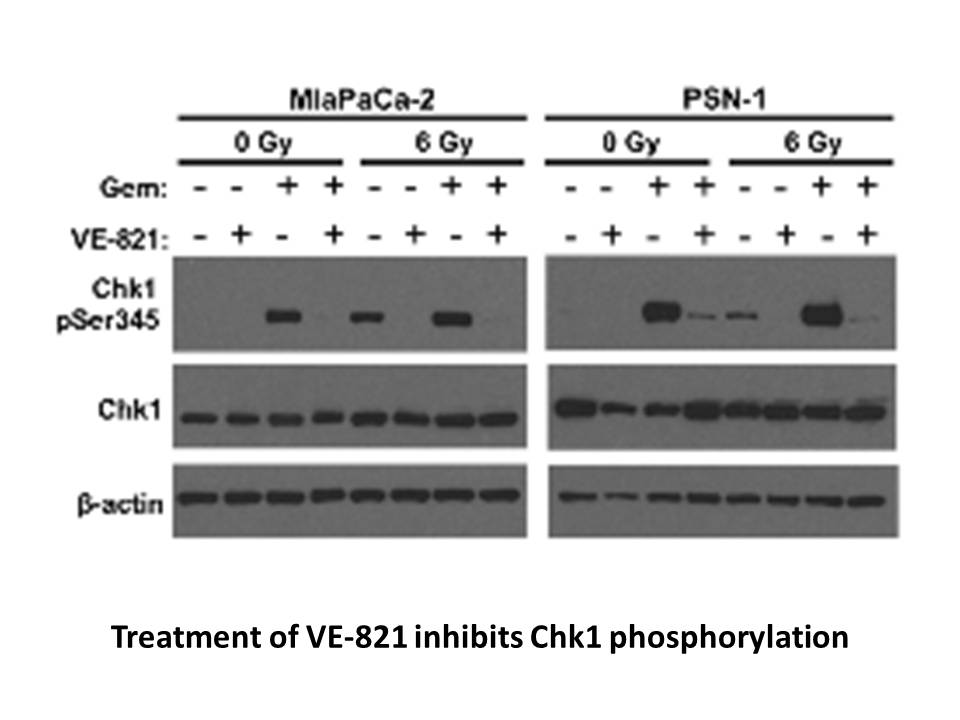
Acknowledgement We acknowledge for funding support from Maryada Foundation, a DoD/Army Contract No. W911NF-06-1-0095, and National Institutes of Health through the New England Center of Excellence for Biodefense (Grant AI057159-01). Introduction The Gram-negative bacterium Lysobacter sp. XL1
-
Importantly piPolB holds a great promise for developing nove
2020-11-05
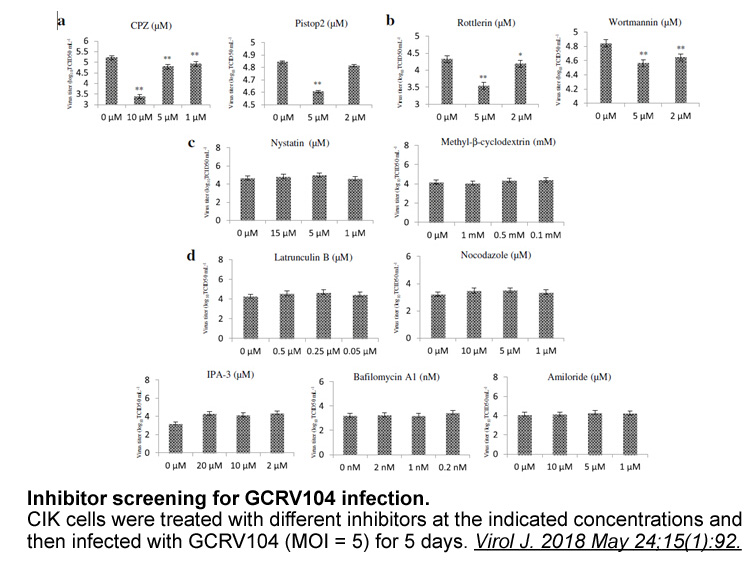
Importantly, piPolB holds a great promise for developing novel biotechnological applications. For instance, in vitro activities of piPolB, namely, strand displacement and faithful, processive DNA polymerization, can be harnessed for efficient primer-independent whole-genome amplification, whereas th
11168 records 454/745 page Previous Next First page 上5页 451452453454455 下5页 Last page